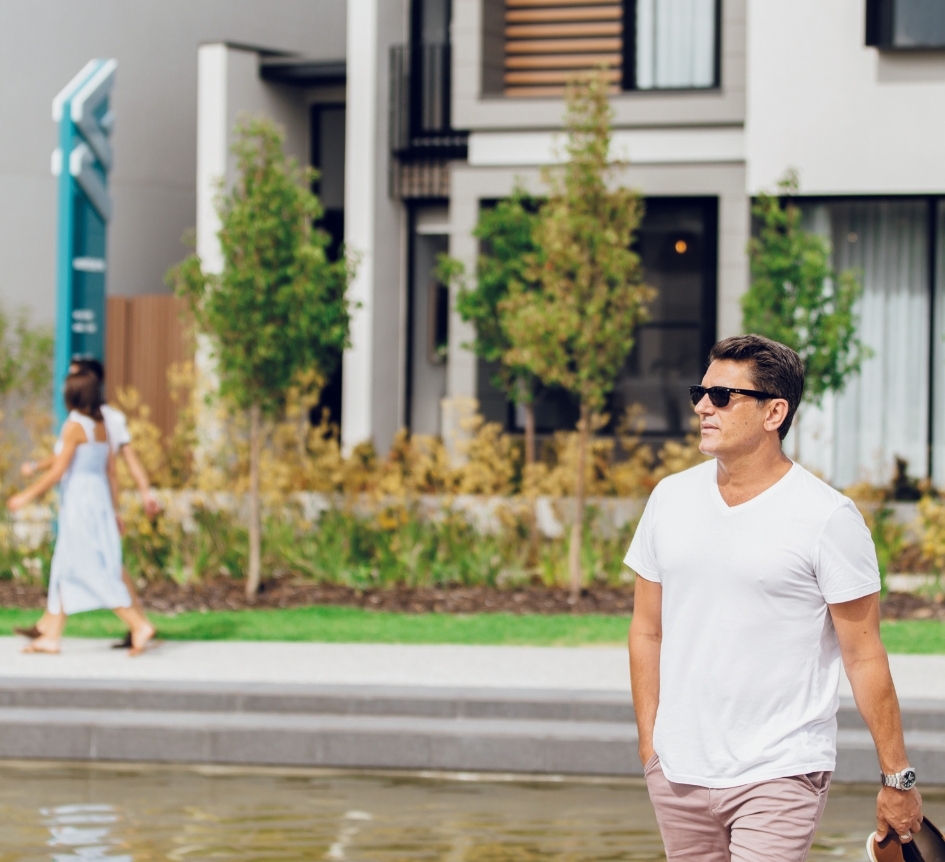Urban infill growth
Urban infill, when appropriately located and designed, can deliver significant public benefits. It is easier to achieve Living Locally principles within existing urban areas. And it promotes better use of existing infrastructure.
Urban infill refers to new housing constructed on vacant or underutilised allotments, interspersed among older, existing houses in established neighbourhoods, mostly within metropolitan Adelaide.
Urban infill land supply across Greater Adelaide is typically divided into two distinct components - strategic infill and general infill. However, the Commission believes a more nuanced approach to understanding the drivers and challenges of each of these components in differing contexts is needed.

For discussion
How can infill development achieve an urban form that is consistent with the principles of Living Locally?
What do you see as the benefits and potential drawbacks of infill development?
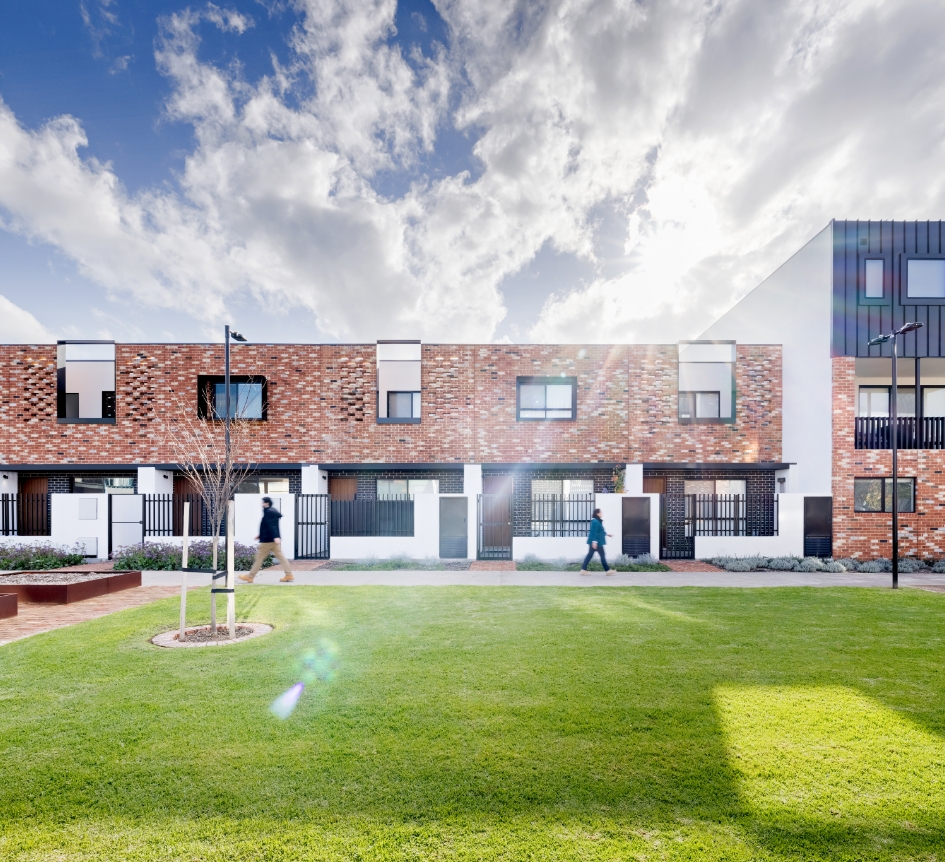
Strategic infill
Strategic infill refers to housing developments that typically occur on large, repurposed sites at higher densities (sometimes referred to as 'brownfield sites'). The government's Land Supply Report currently defines strategic infill sites as those that result in a net housing increase of greater than 10 houses.14
Developing larger strategic infill sites allows for a master planned approach which can better consider the potential for a mix of diverse housing, greening and open space, stormwater management and parking.
Adelaide has undertaken several developments that demonstrate how obsolete industrial or institutional land can be successfully transitioned to highly liveable communities. Examples of include former industrial sites in the CBD, Lightsview, AAMI Stadium, Bowden, Tonsley and Oakden.
The Commission wants to identify the next generation of strategic and brownfield site opportunities as an important source of future land supply.

For discussion
Where is the next generation of strategic infill sites?
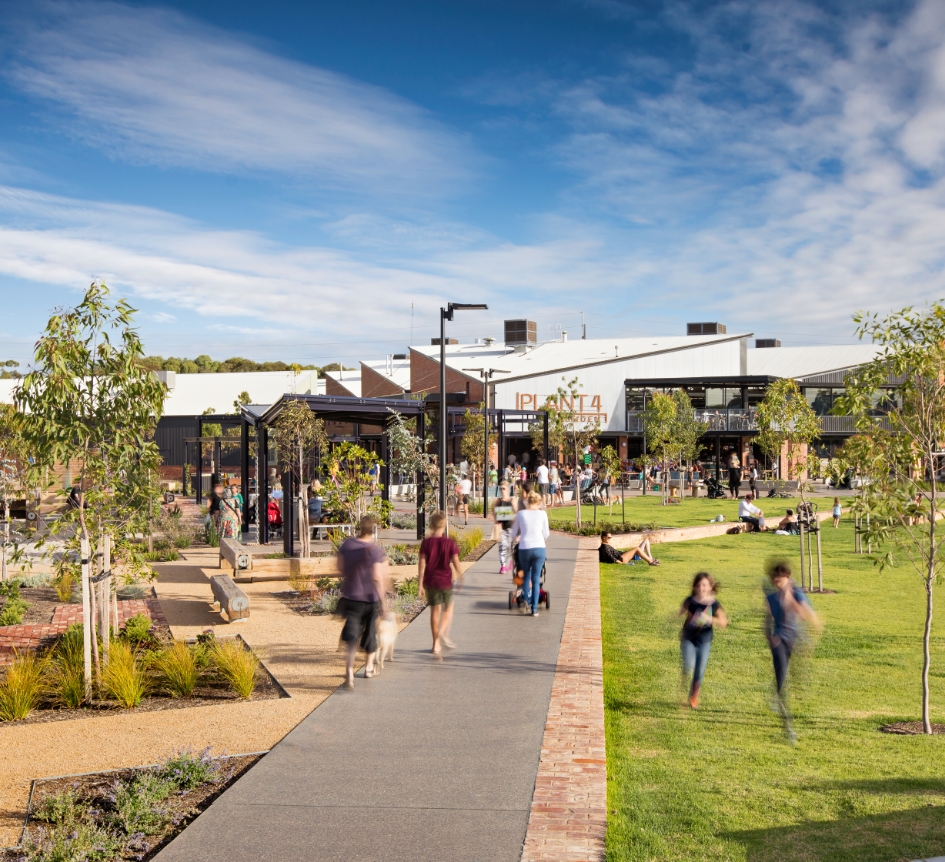
Urban corridor development
Urban corridor development will continue to play an important role in providing growth options. It will locate more homes near high-frequency public transport offering more choice in how to move around.
This can accommodate future growth under the Living Local concept, while balancing the desire to preserve the established character in many of the inner and middle metropolitan areas.
The Commission proposes to review the strengths and deficiencies of current urban corridor code policy, and the next iteration of urban corridor rezoning, based on infrastructure capacity, locational advantages and market preferences.
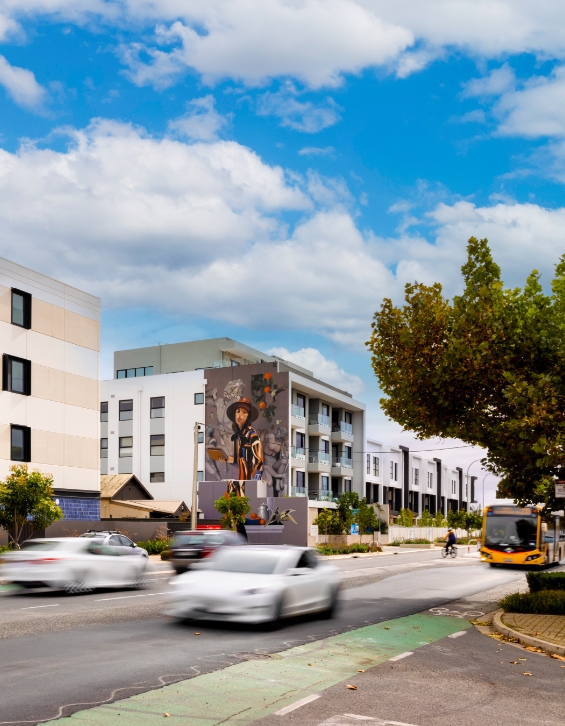
Proposed areas of investigation:
Strategic infill and corridor growth
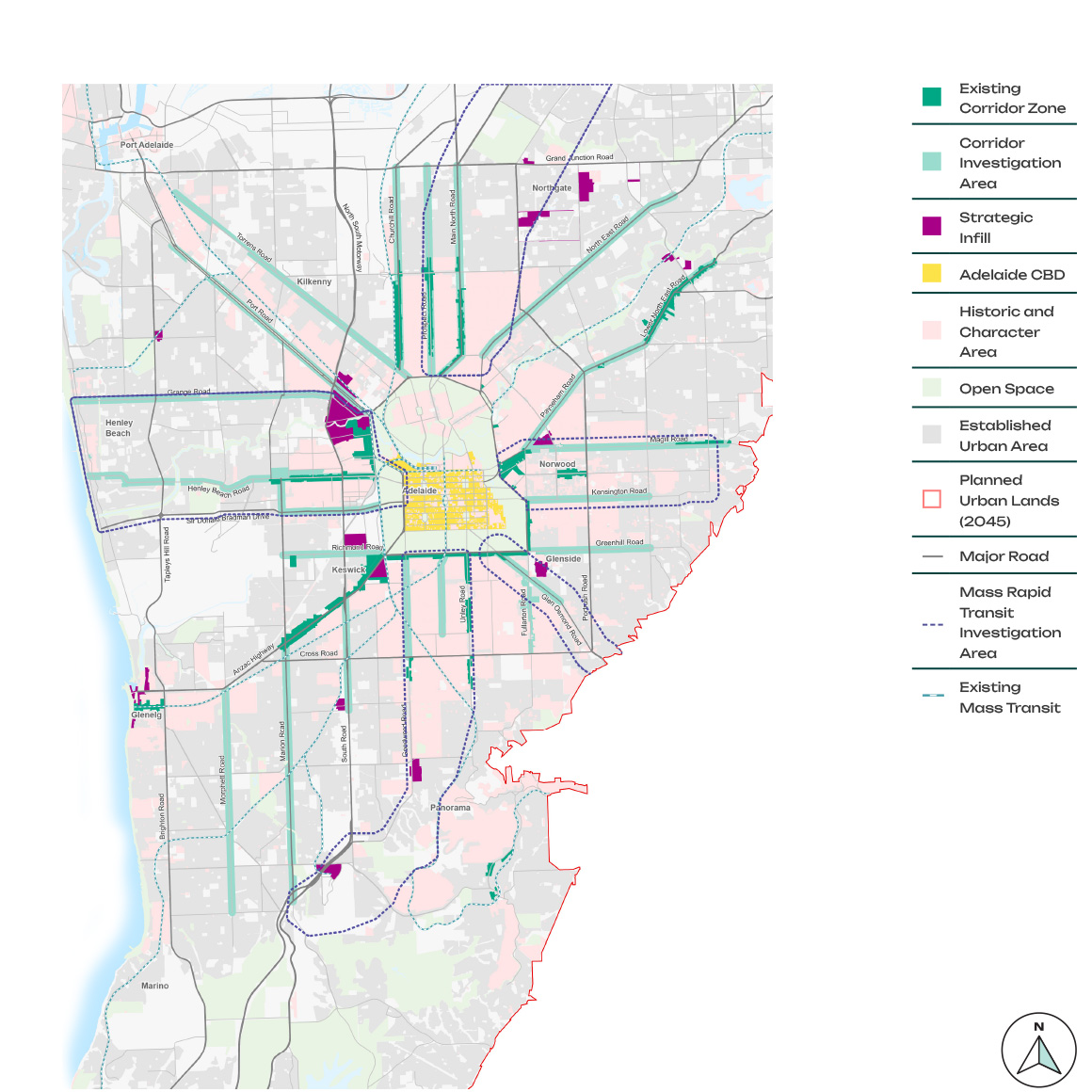
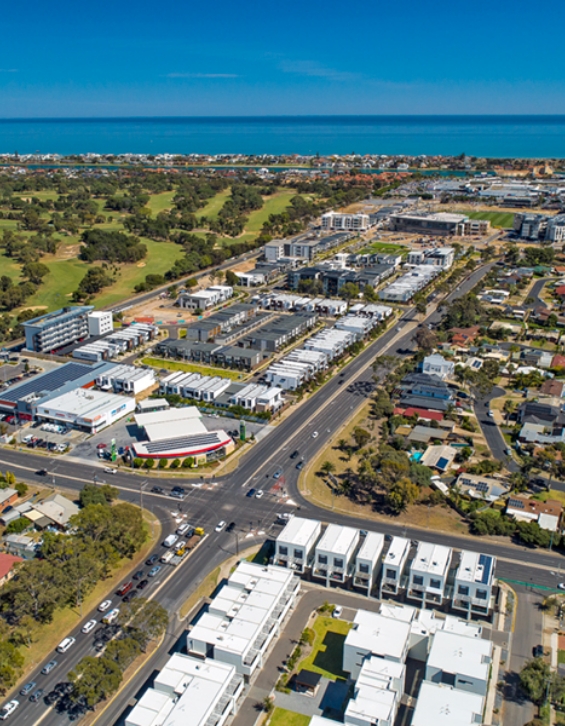
Regenerated neighbourhoods and urban activity centres
Neighbourhood regeneration refers to areas with housing stock that can benefit from redevelopment over time. These include locations with higher concentrations of ageing public housing that are in need of renewal.
Areas such as Blair Athol and Woodville Gardens have benefited from new private homes, improved social housing and investment in new public infrastructure.
Urban activity centres are focussed around large retail centres that service a broad population and include public transport interchanges or high frequency public transport connections. Examples include Marion, Elizabeth, Tea Tree Plaza, Arndale and Noarlunga.
Proposed areas of investigation:
Urban activity centres and neighbourhood regeneration
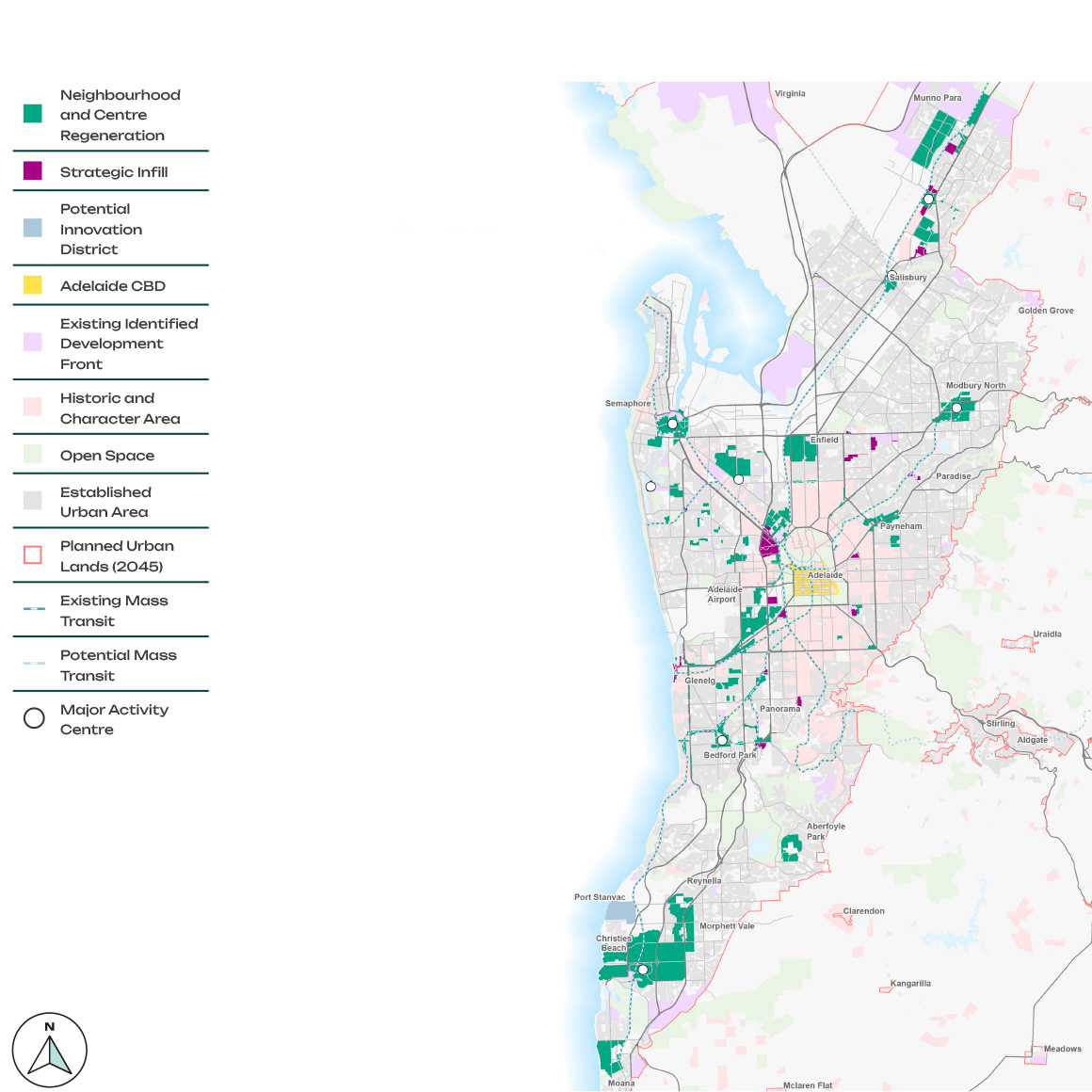
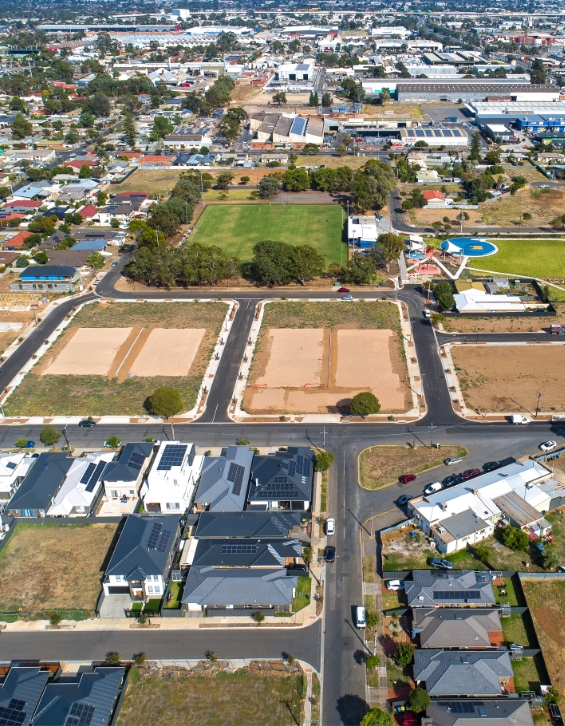
General infill
General, or small-scale infill, such as the division of existing allotments into 2, 3, or 4 smaller allotments, makes an important contribution to new housing supply.
The Commission's view is that general infill needs to be better targeted to areas with infrastructure capacity, and areas which would benefit from renewal and greater housing choice. New housing forms and future living models will need to meet community expectations and preserve valuable heritage and character areas.

For discussion
How can infill development achieve an urban form that is consistent with the principles of Living Locally?
What do you see as the benefits and potential drawbacks of infill development?
